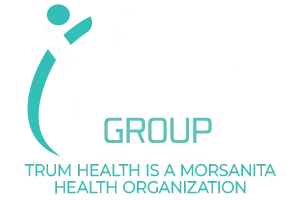This is the issue on the minds of most patients. “What would happen if I did not have ablation, but continued my life with medication?” it is often asked. First of all, drug therapy is not a wrong way. If the person is completely free from his complaints and current rhythm disorders with medication, he can continue his life in that way. However, the most important issue here is the risk of worsening the underlying rhythm disorder in the coming years in most patients, even though it seems to have improved with medication. In many patients, the rhythm disorder generally starts from one point. Therefore, it is relatively easy to remove a single point with ablation in such patients, and in such cases, we usually provide complete recovery, which we call full cure. However, some rhythm disorders start from a single point and after a while (sometimes months or years later), they can spread to more than one point in the heart or cause another rhythm disorder (Atrial Fibrillation). In such cases, it means that it is too late, and even if ablation is performed at this stage, it is not always possible to achieve full cure or complete recovery.
The second important point is that rhythm-regulating drugs have serious side effects that can be of vital importance. These drugs have been around for 40-50 years. Ablation therapy, on the other hand, is the current treatment of our age, whose efficacy and safety have been well accepted in the last 20 years. In fact, while a person with arrhythmia has the opportunity to completely get rid of the rhythm disorder with ablation, preferring the drug treatment that was used 40-50 years ago, which carries the risk of vital side effects, means rejecting today’s opportunities and insisting on outdated treatment.




















